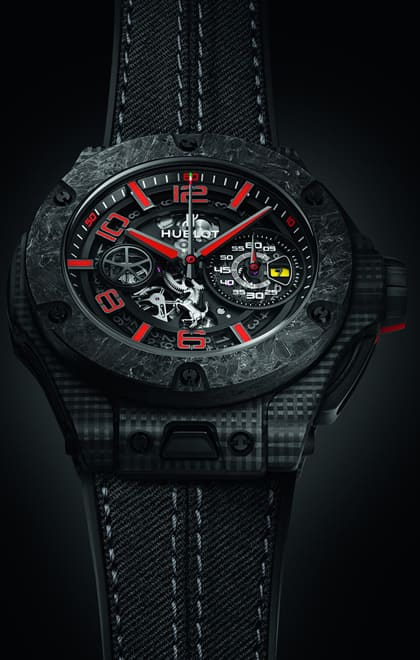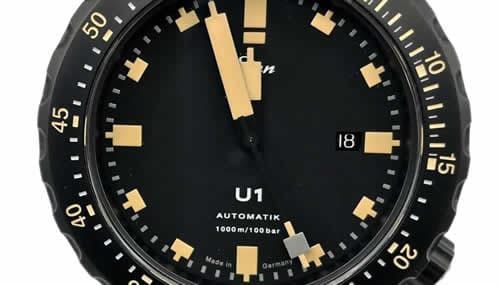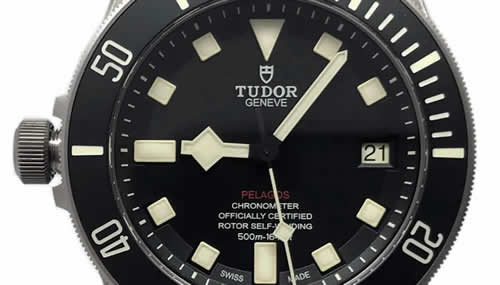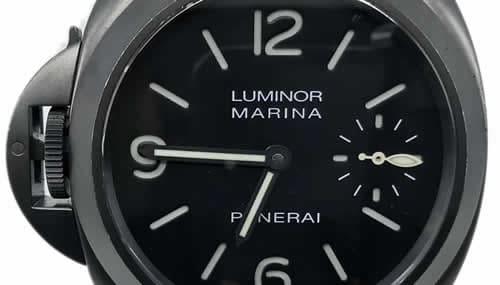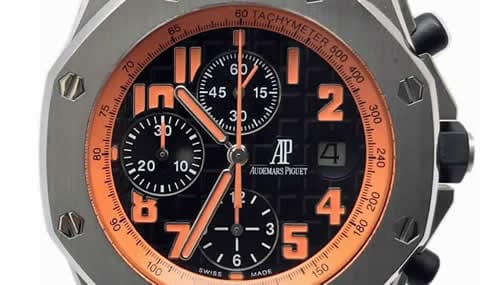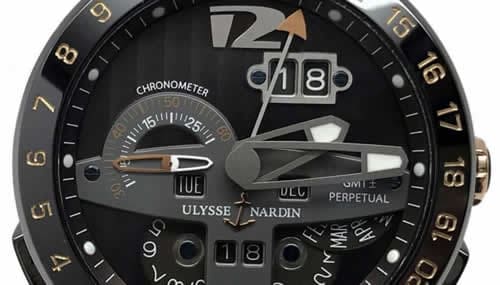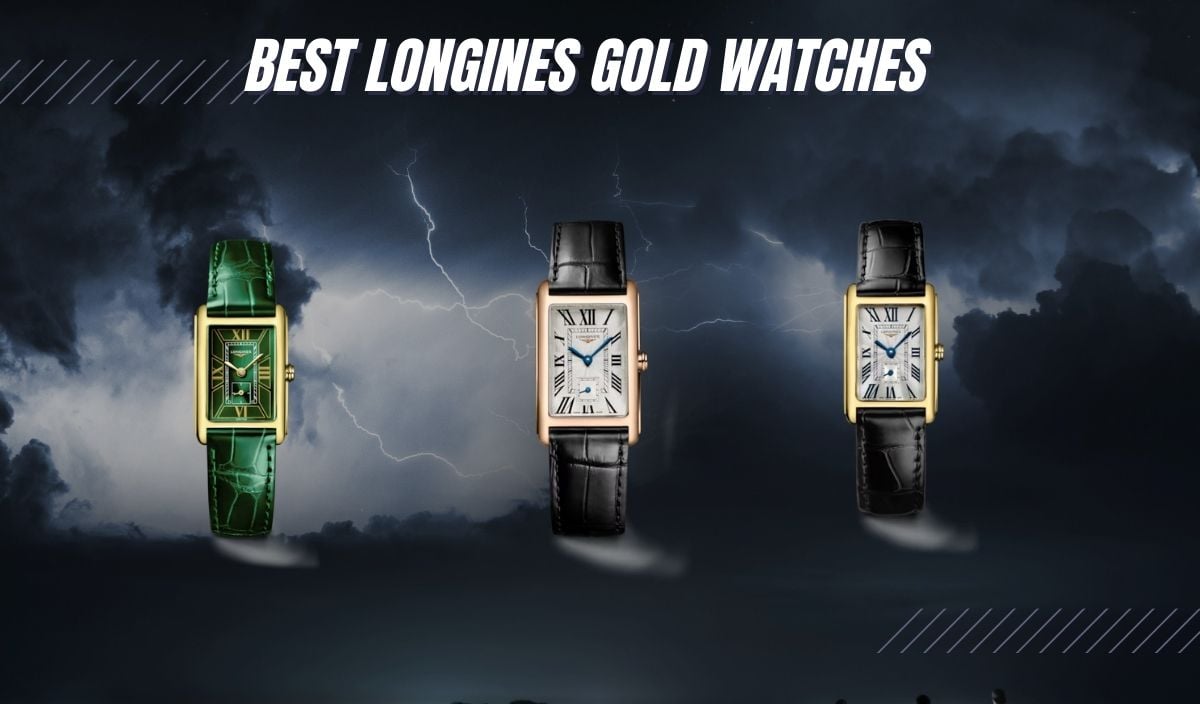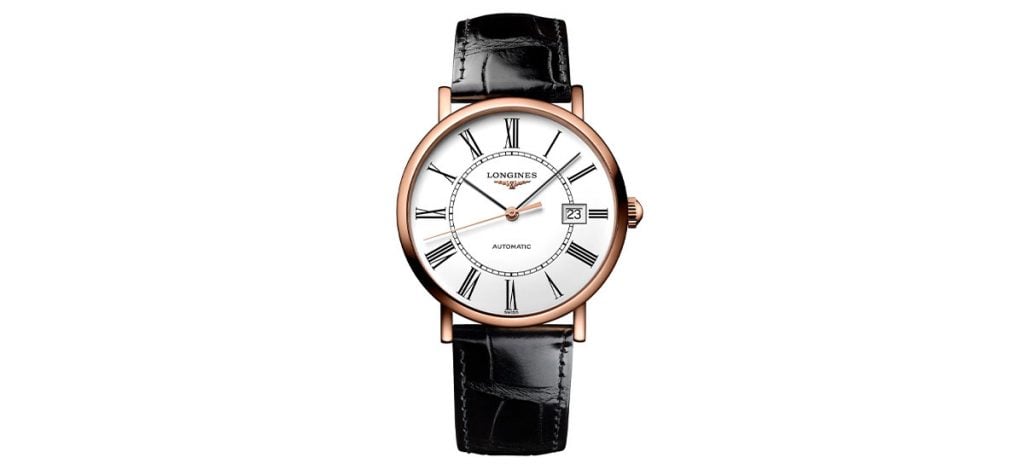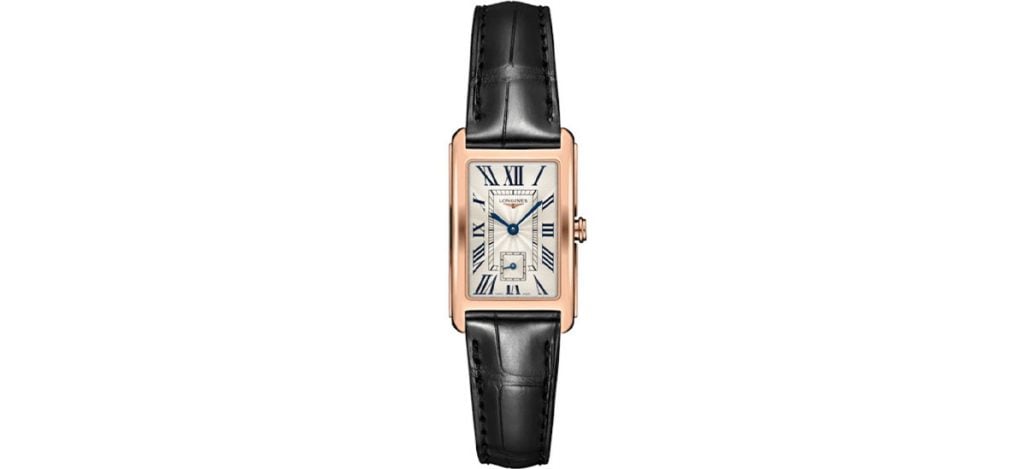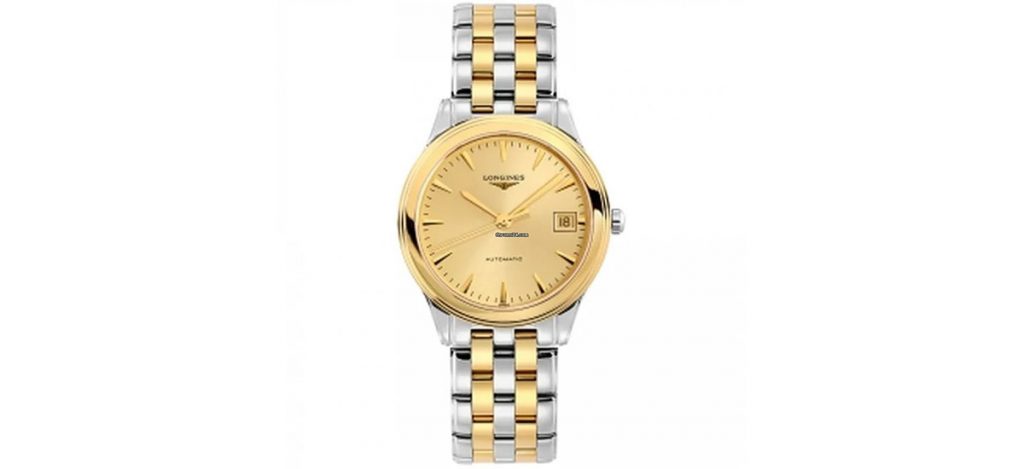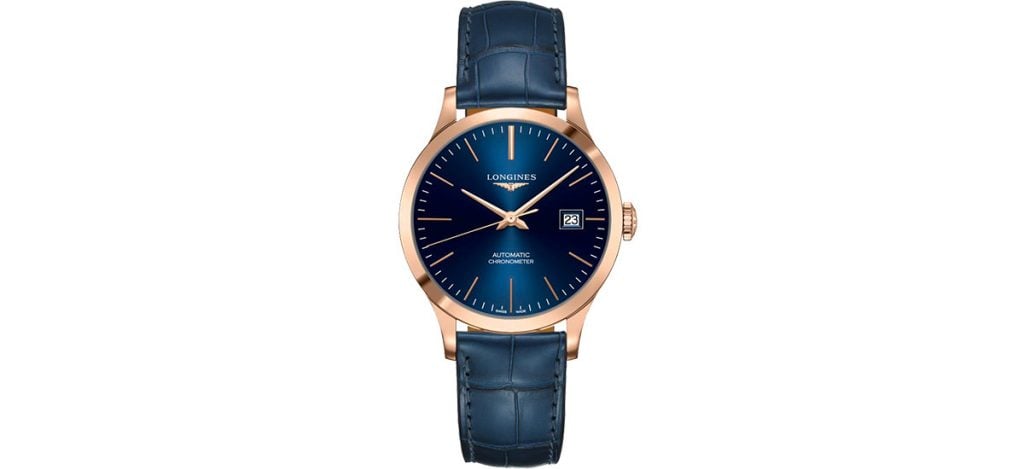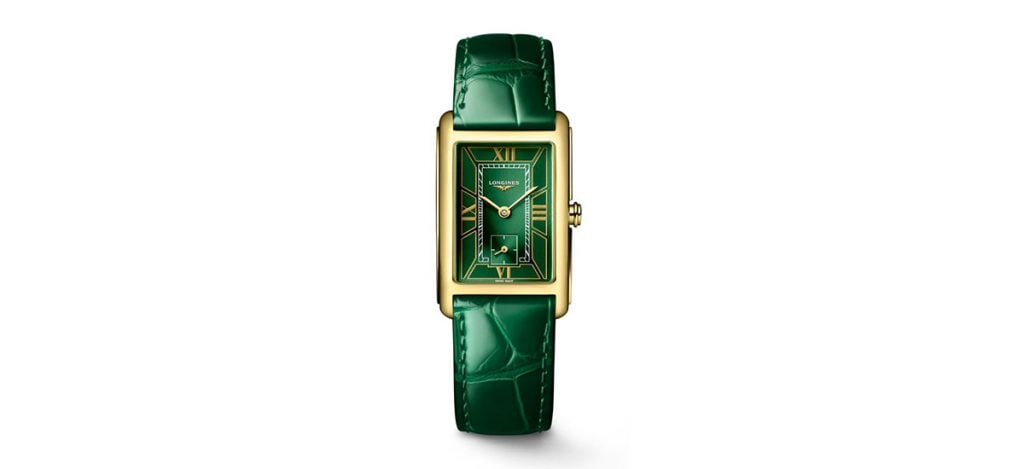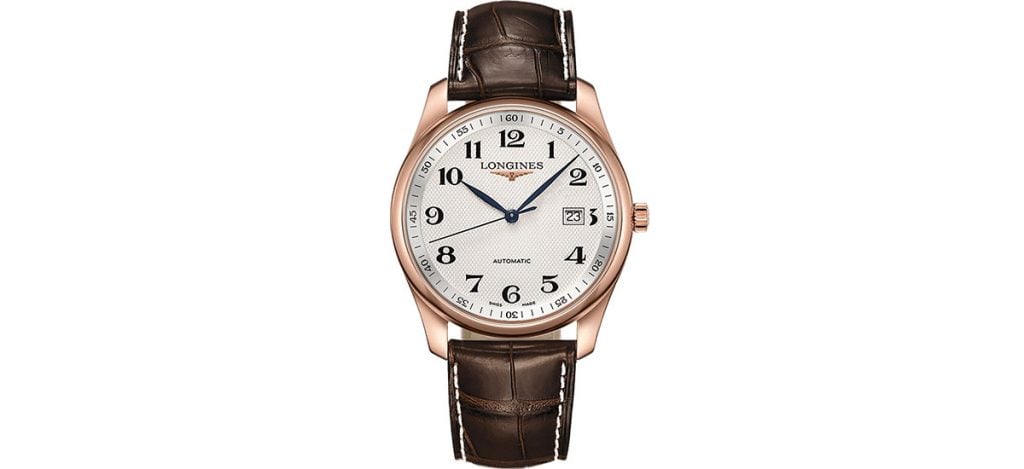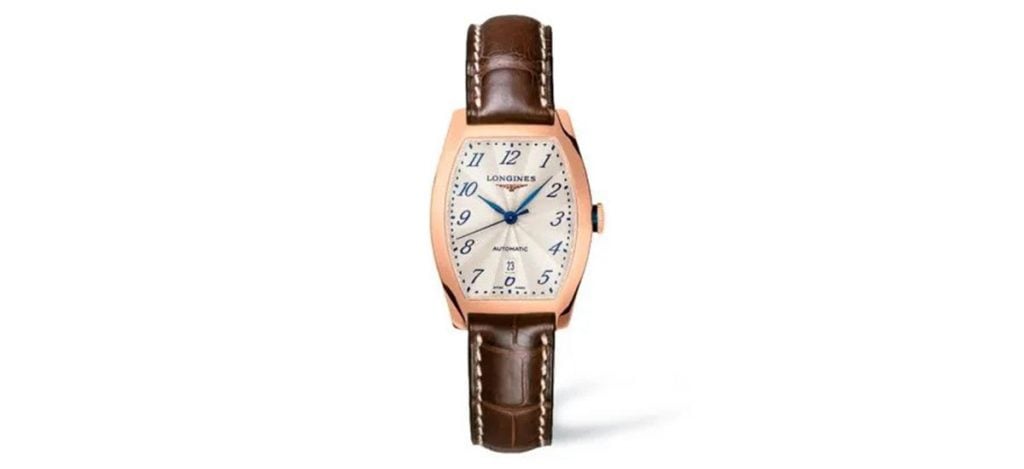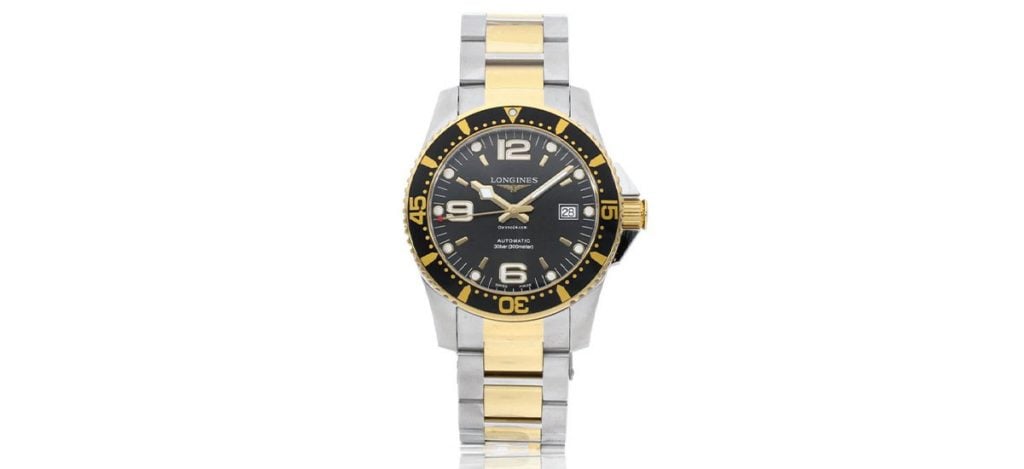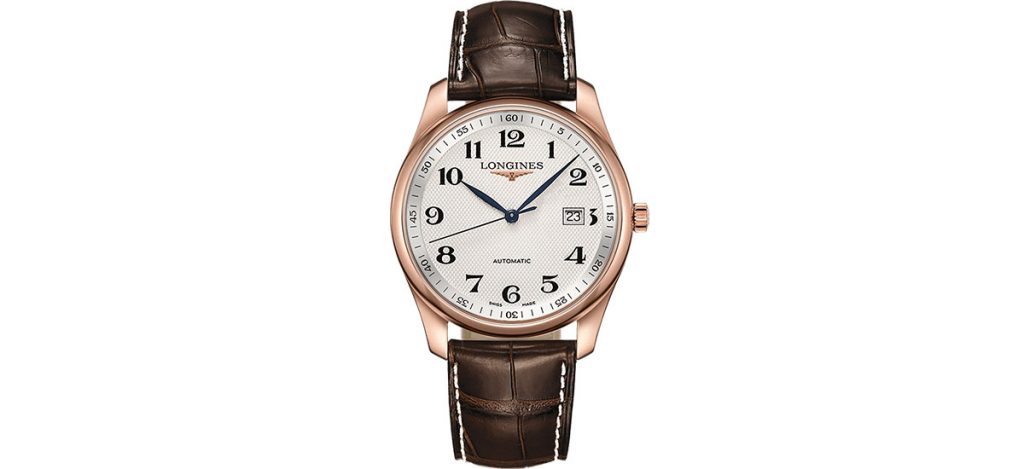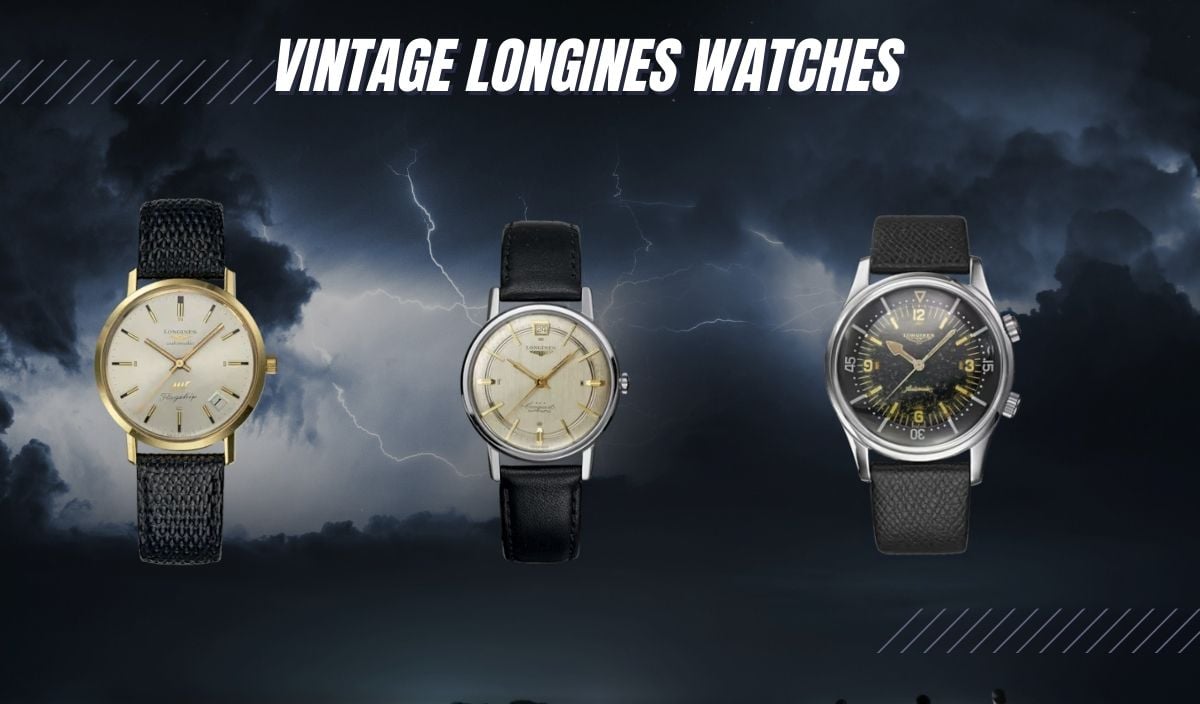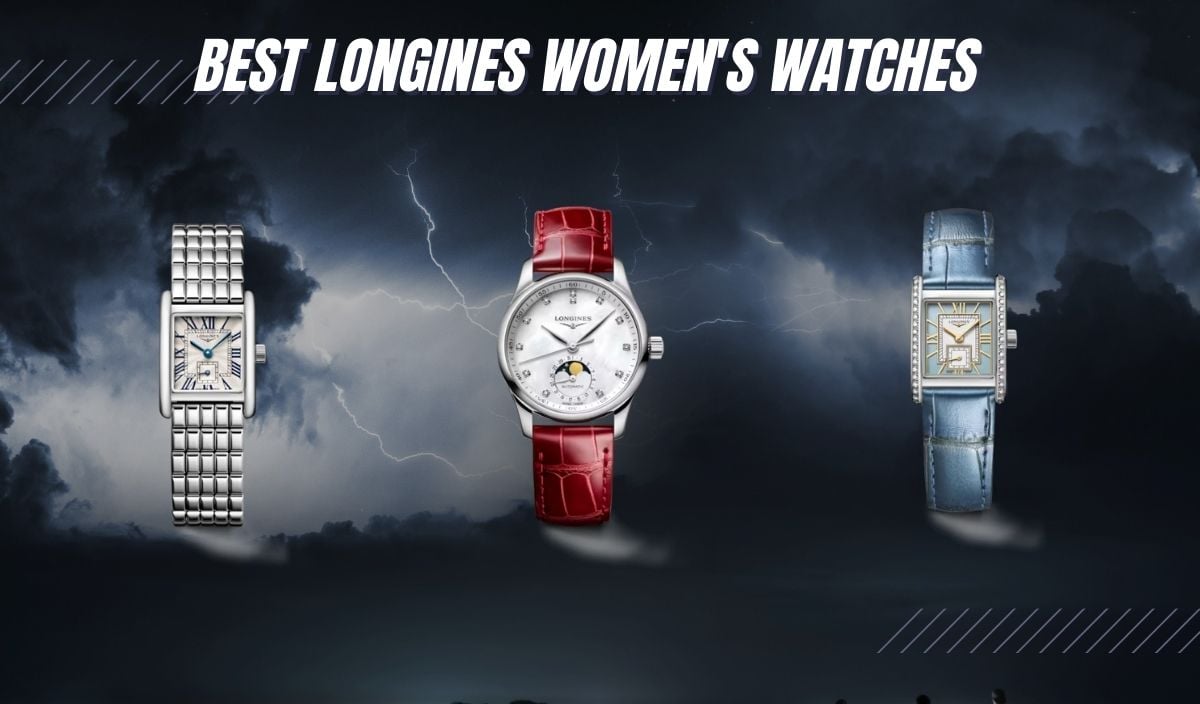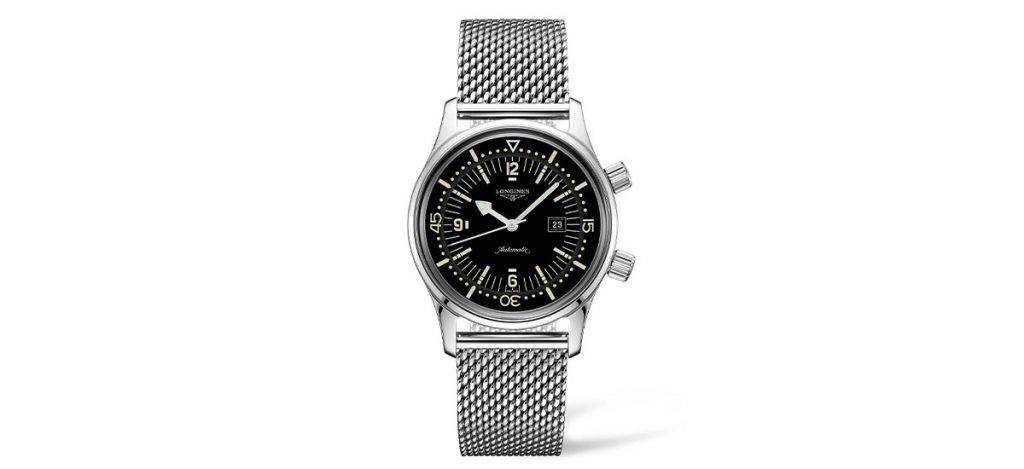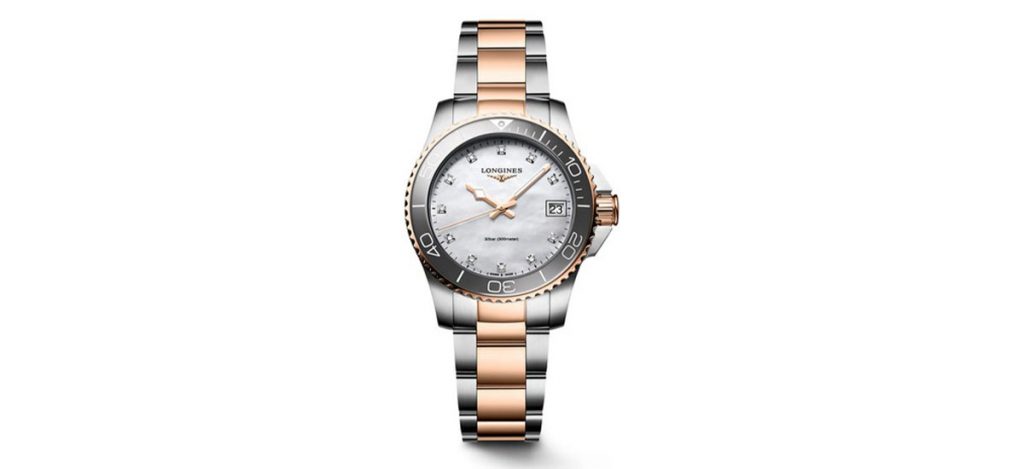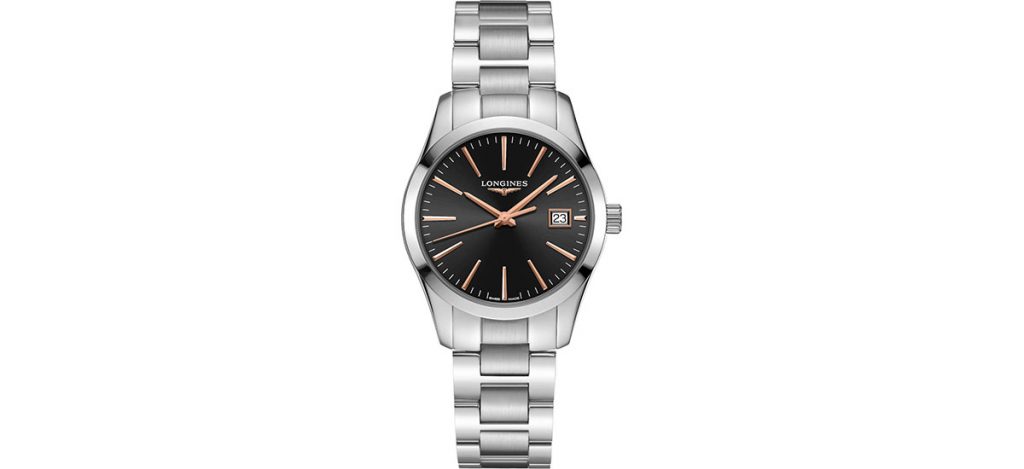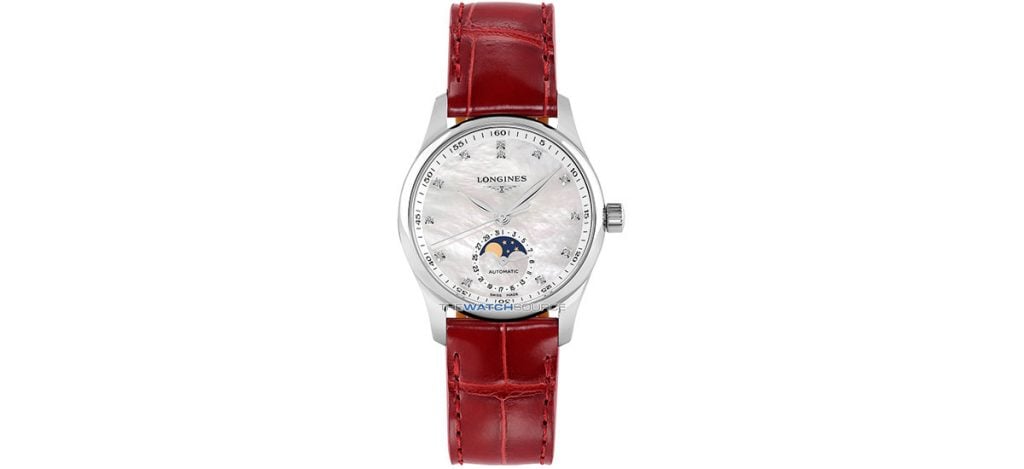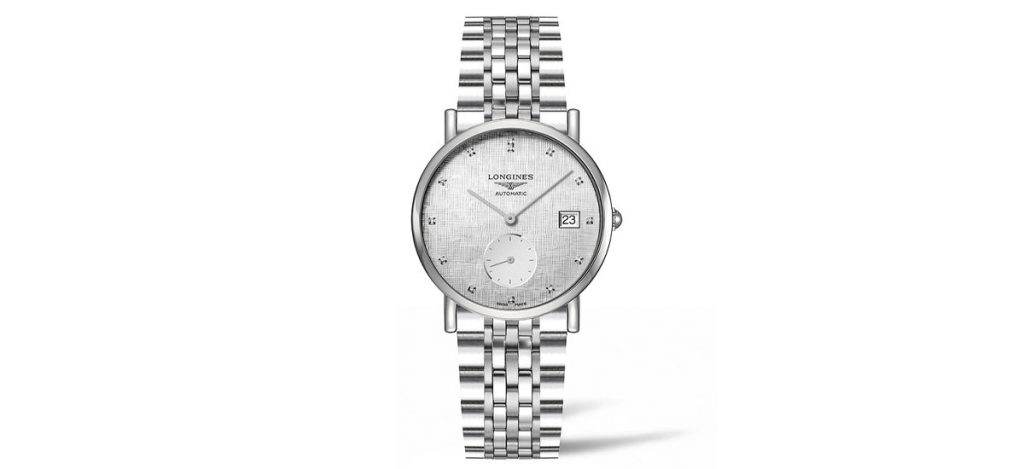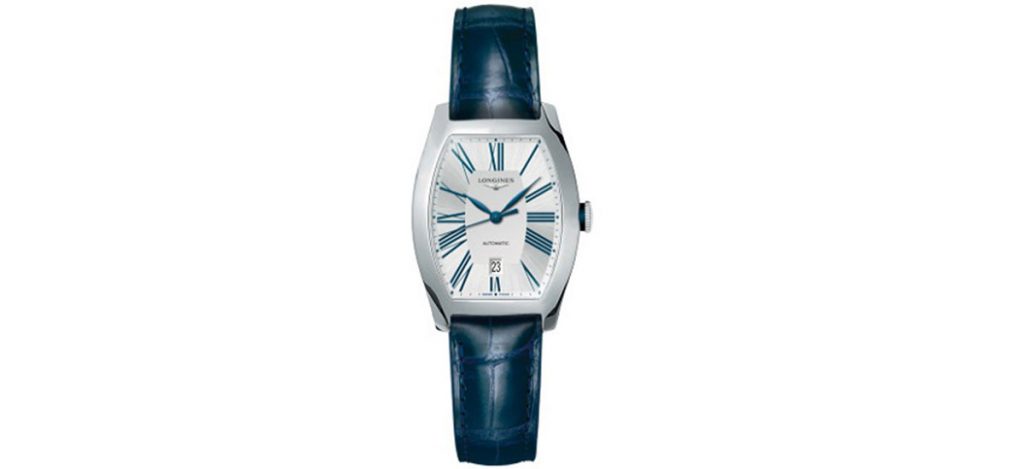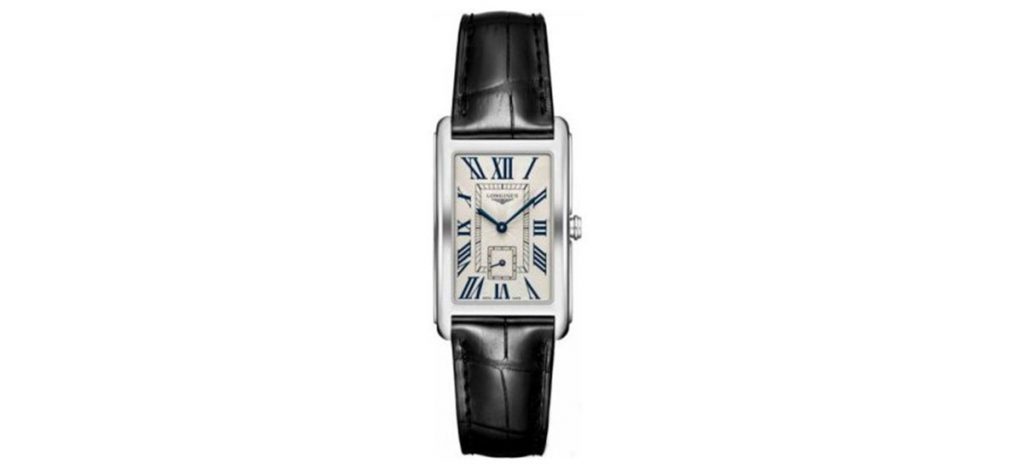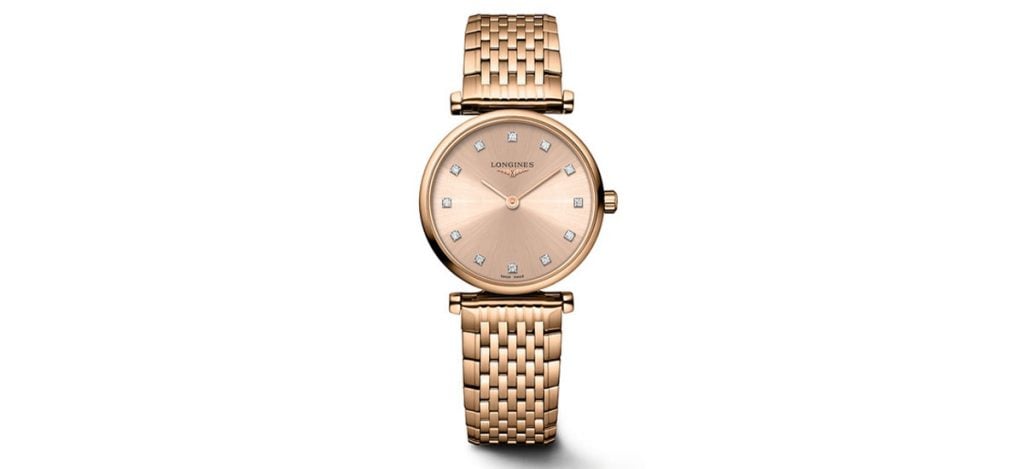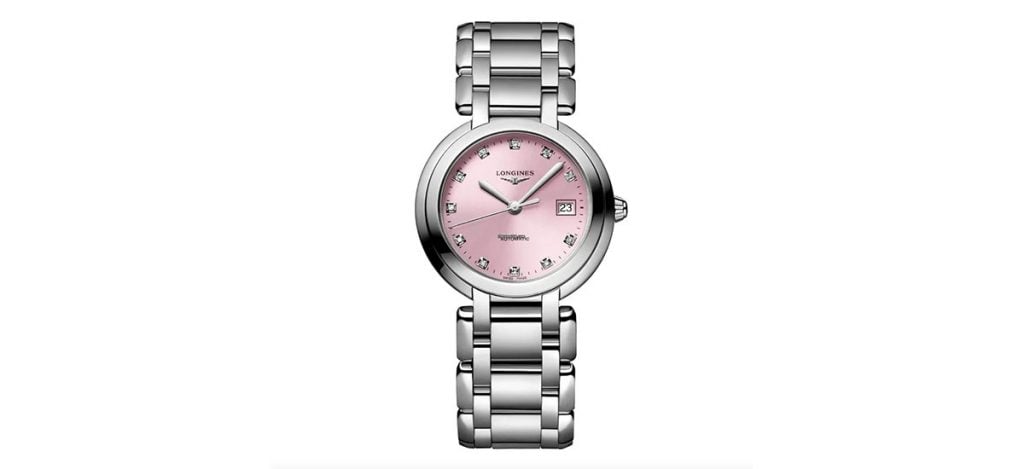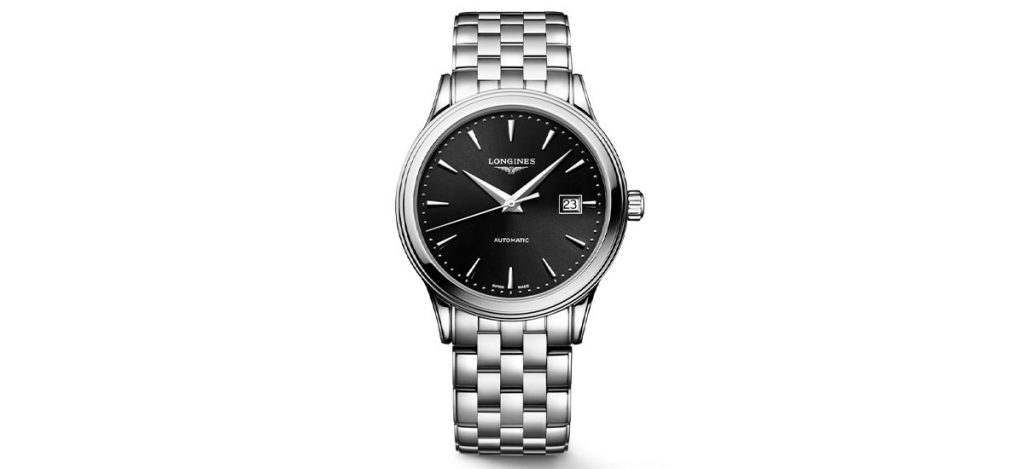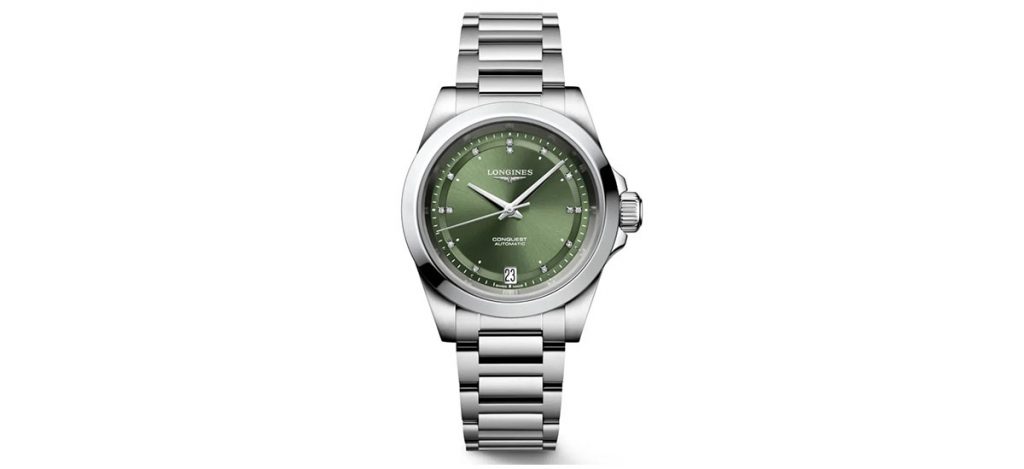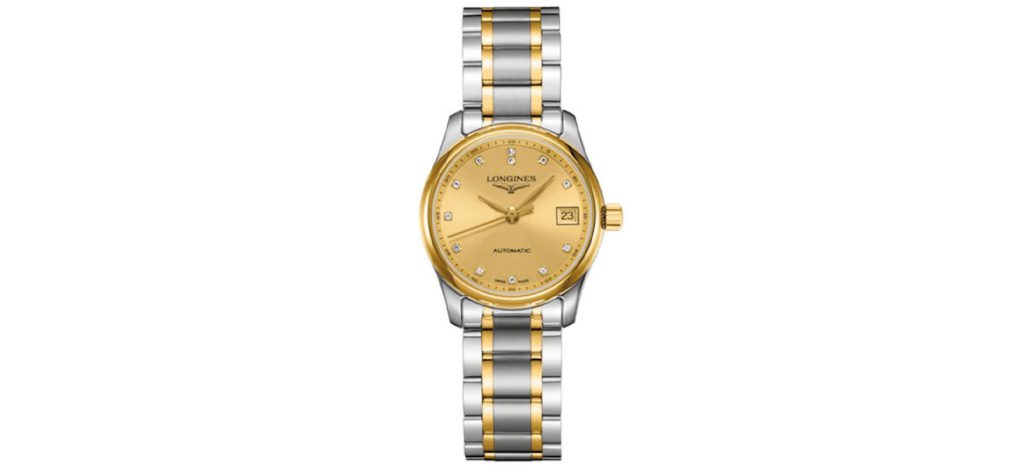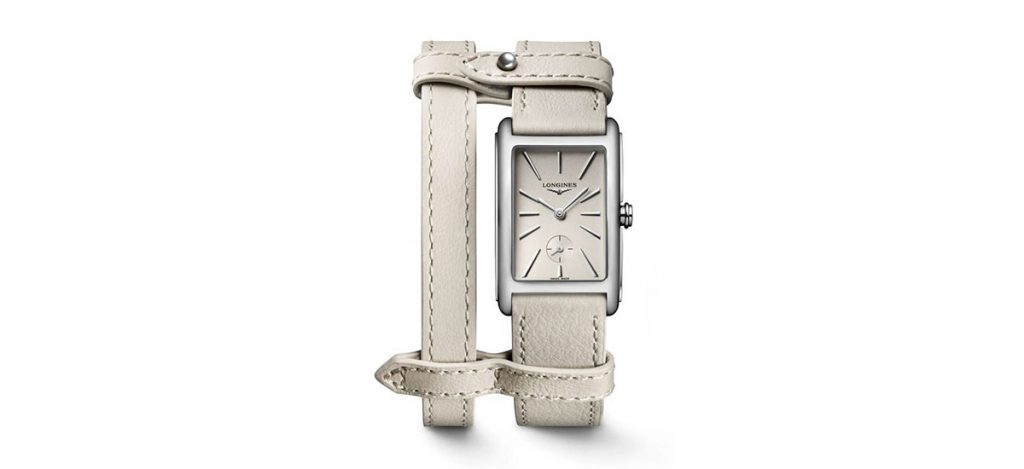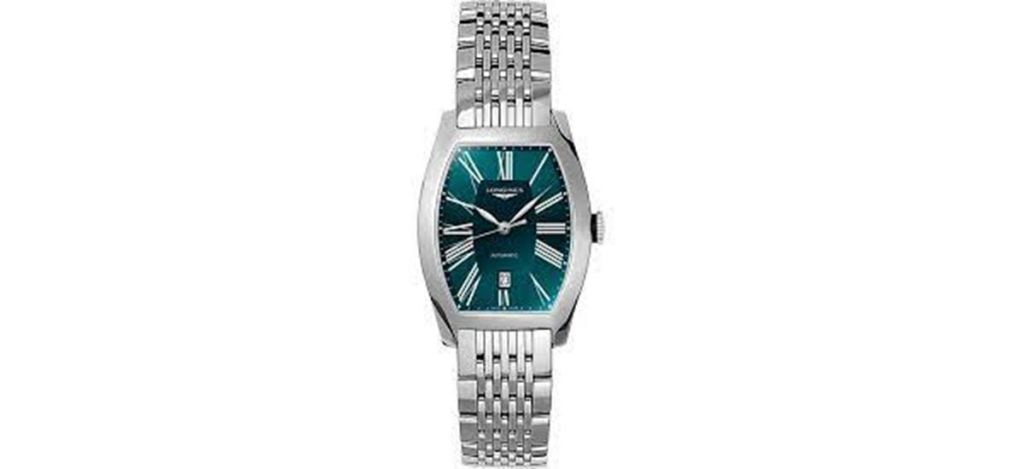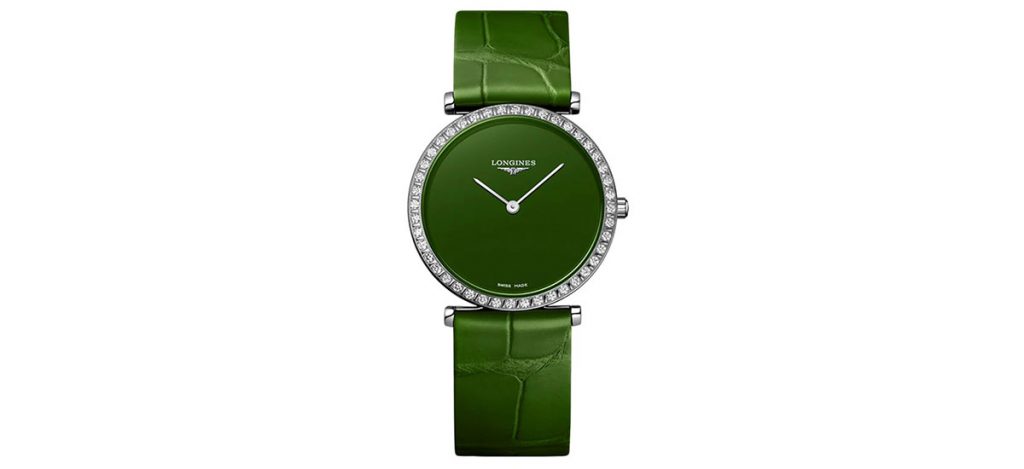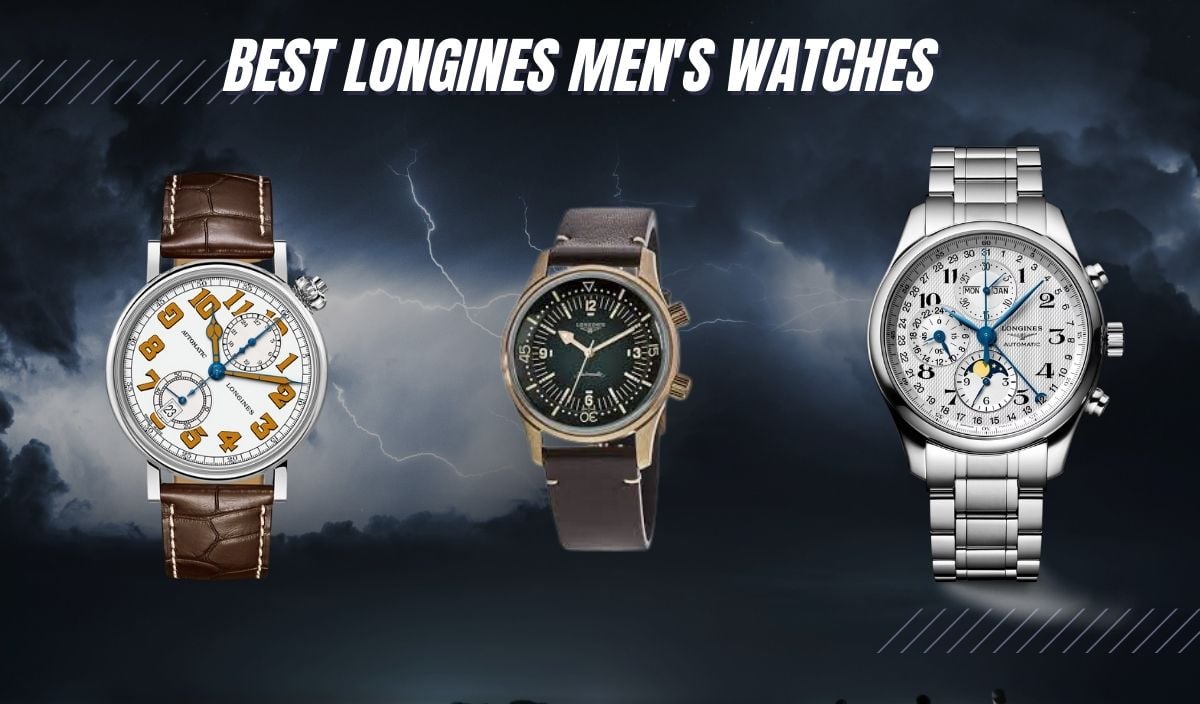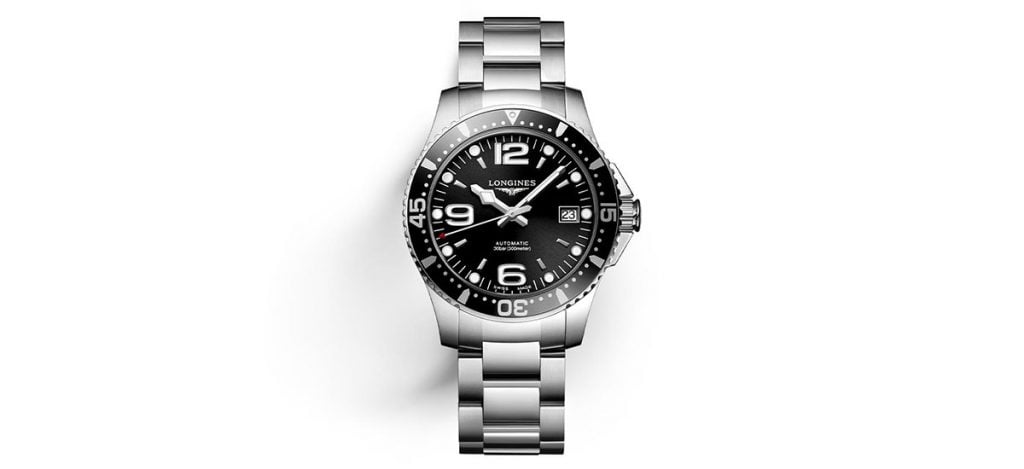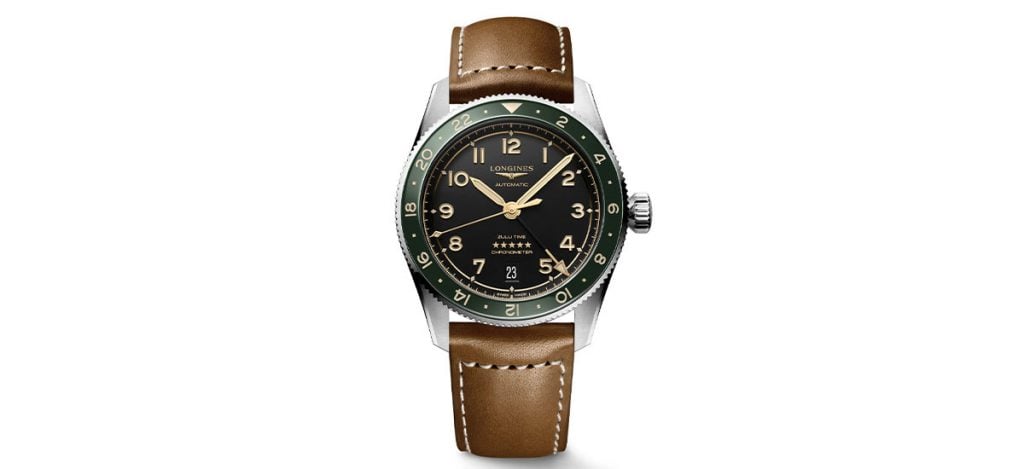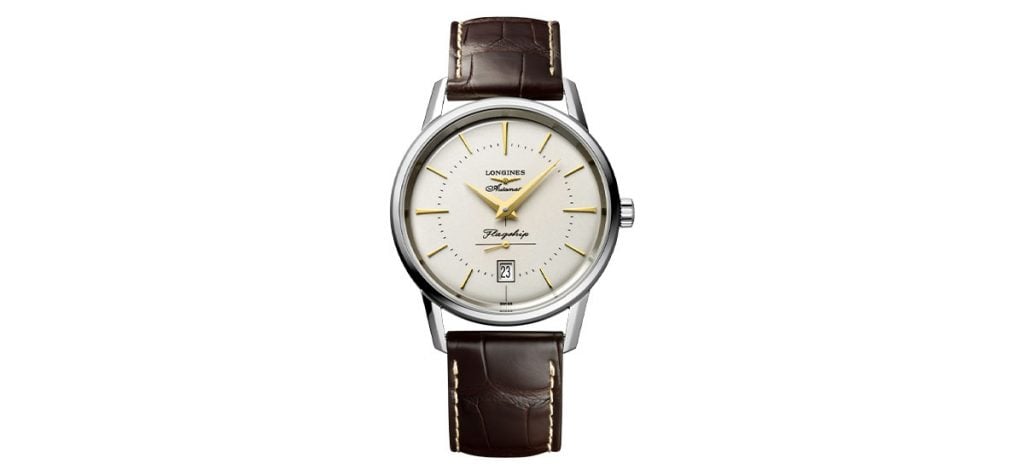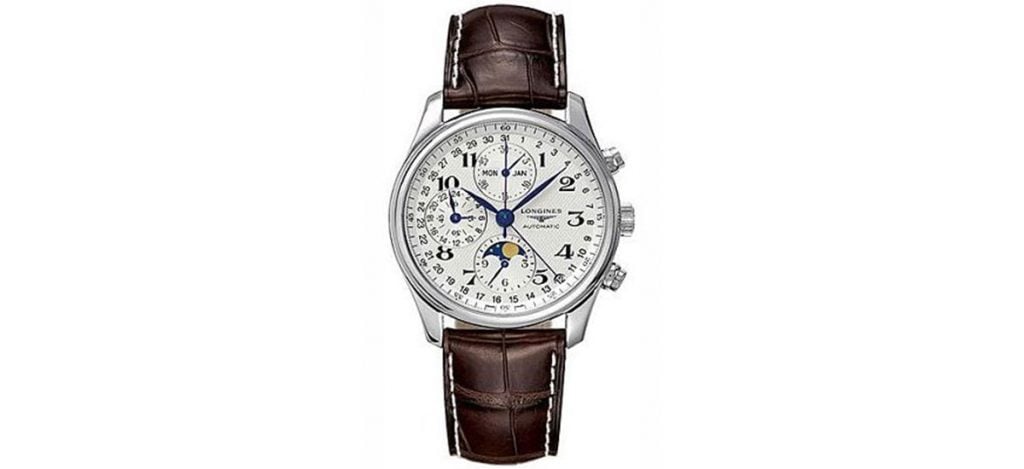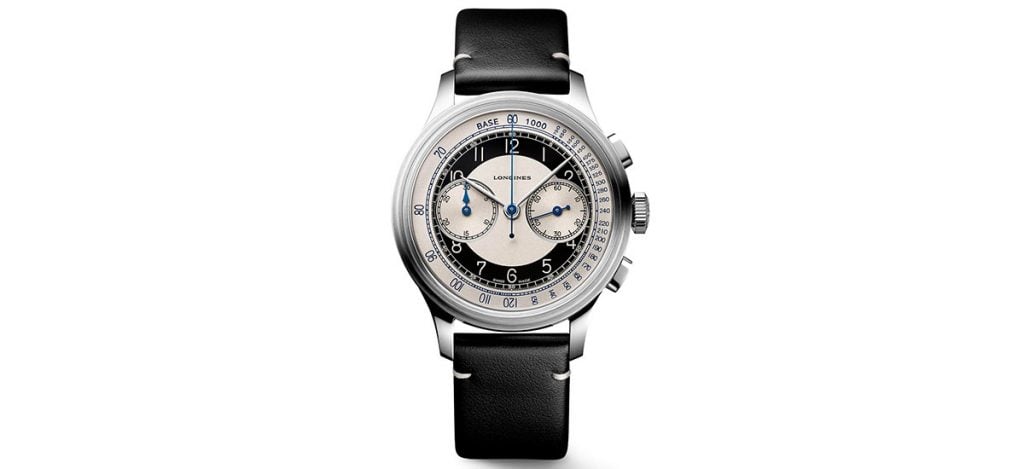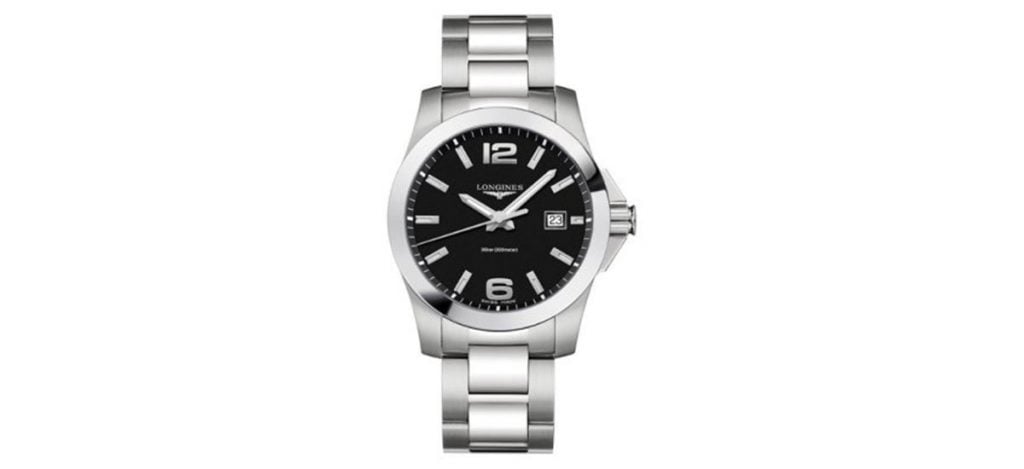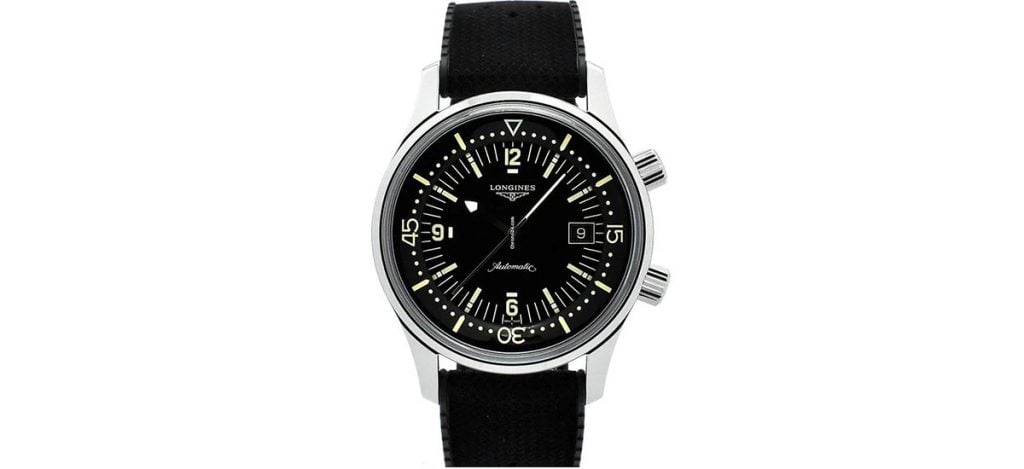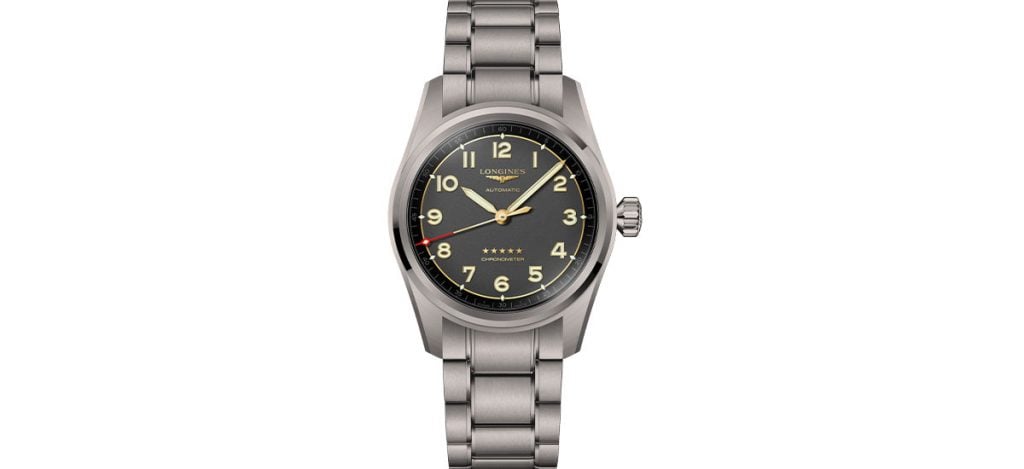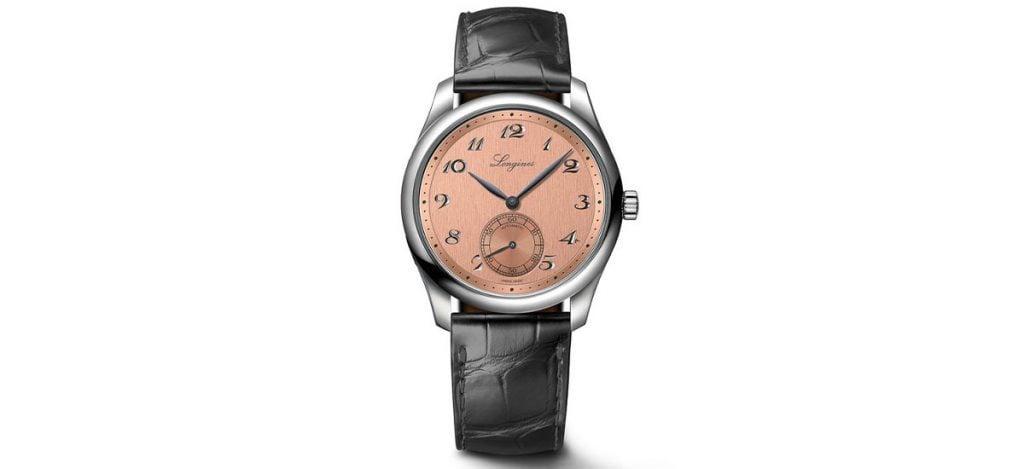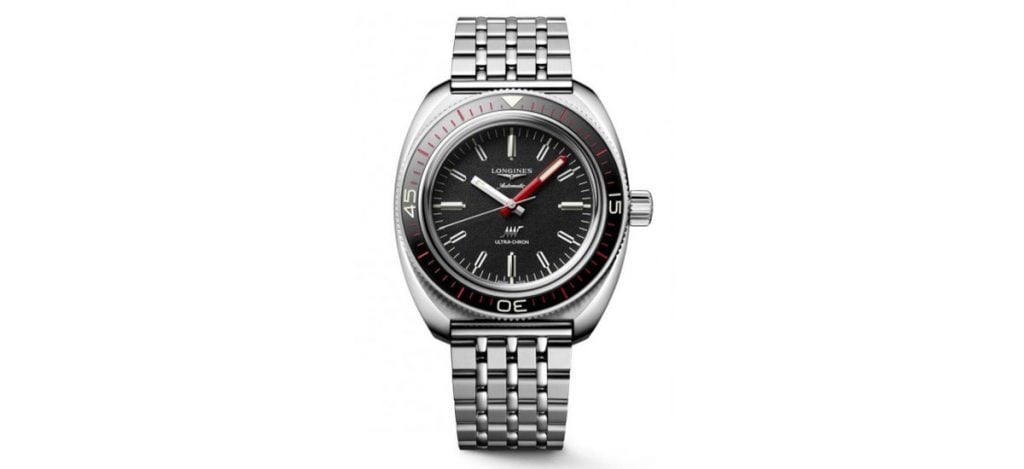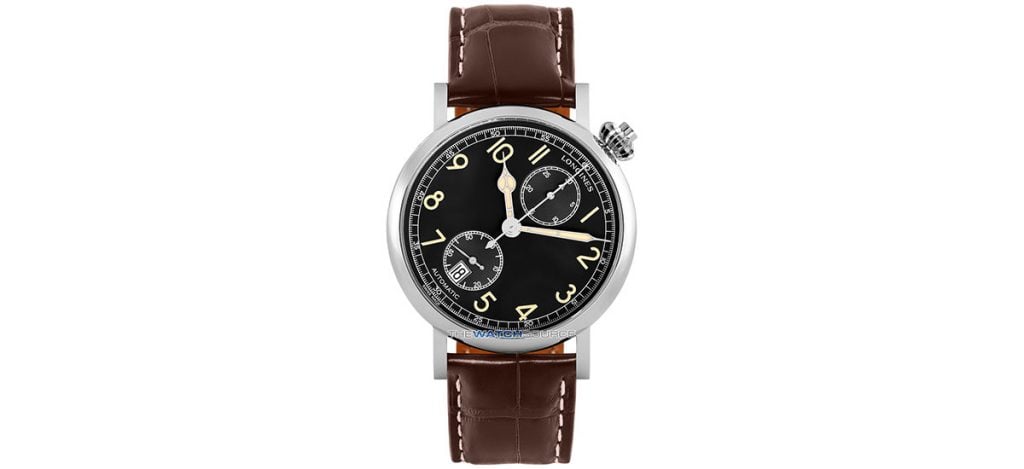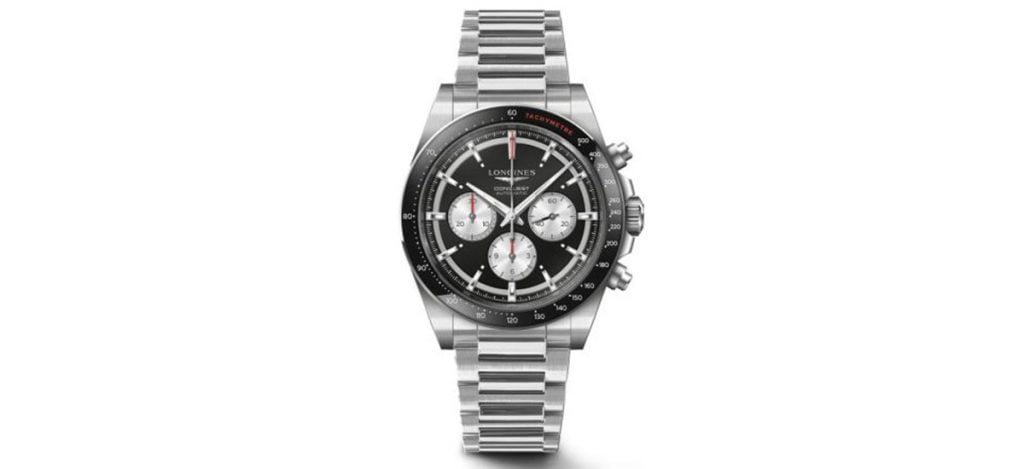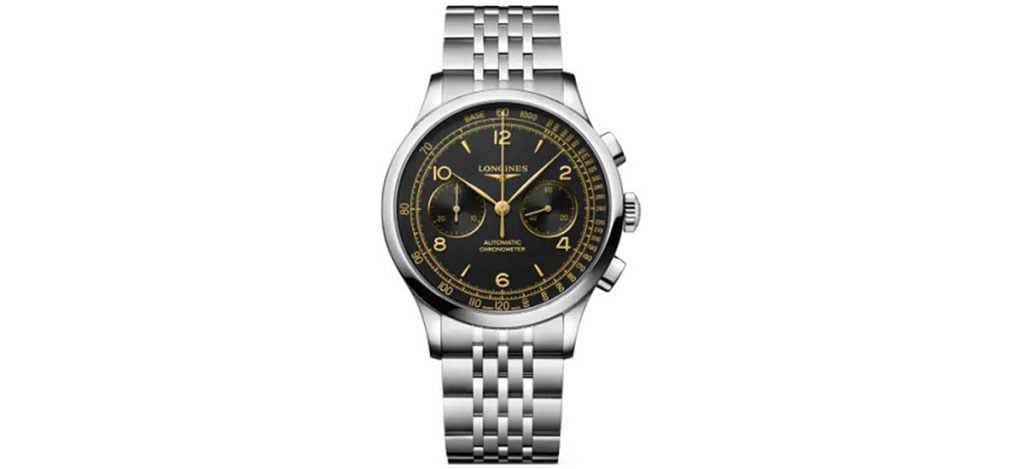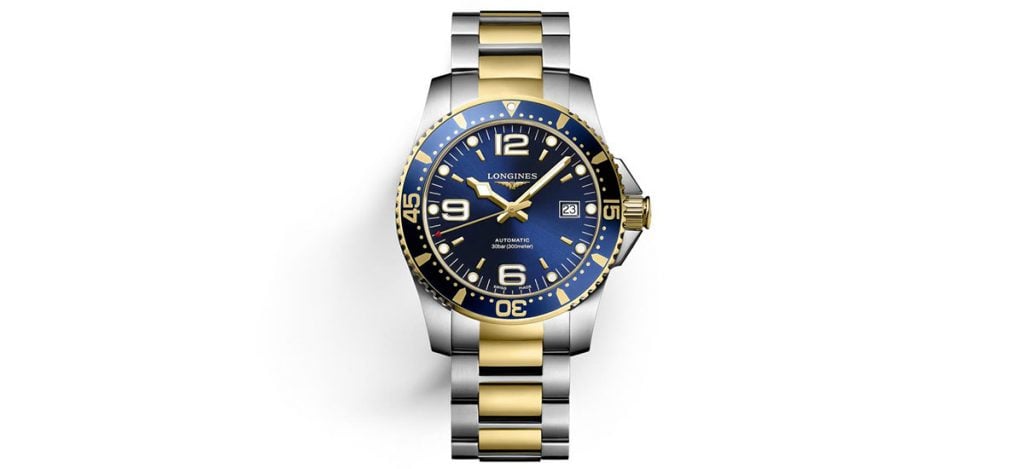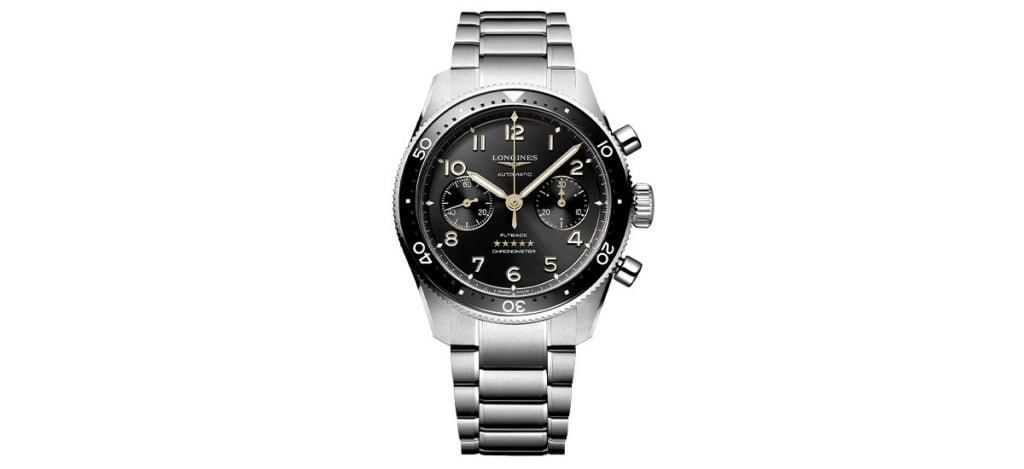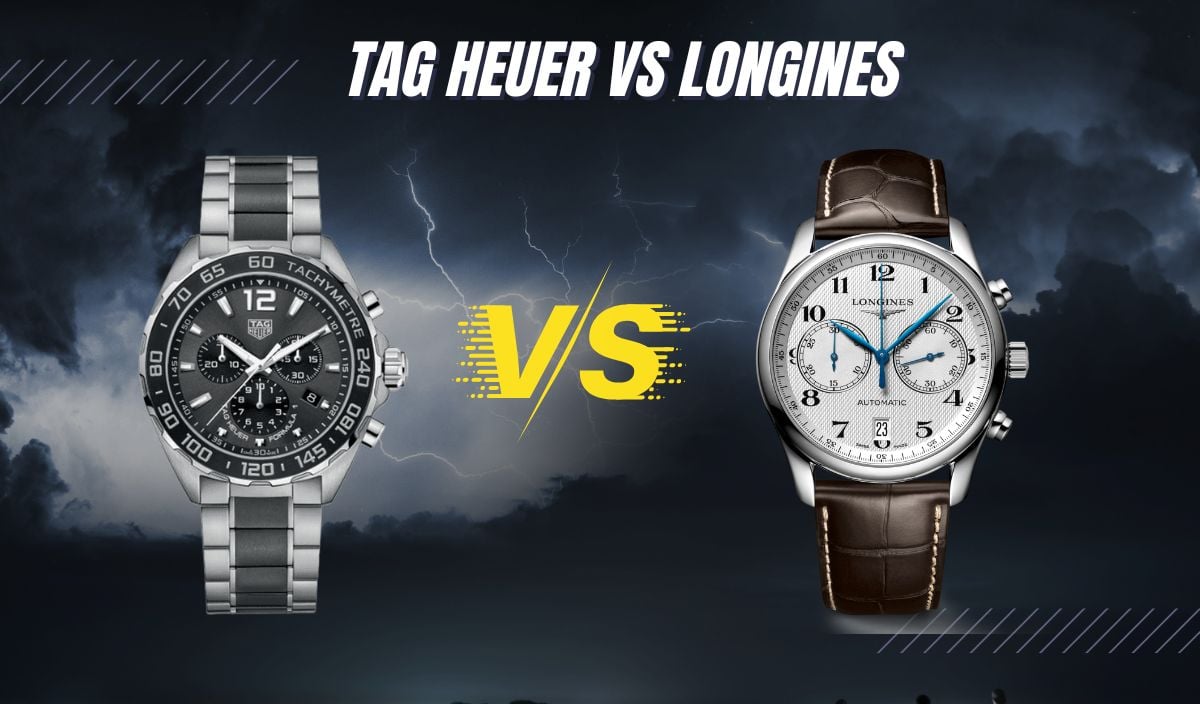
There is something uniquely striking in the history of Tag Heuer and Longines. They all started in the same small Swiss village, in small workshops, and with a great desire to make exquisite timepieces. More than a century later, these companies have become world-renowned brands, raking in billions of dollars in revenue and manufacturing watches so sophisticated they make the founders beam proudly from their graves.
Watches from Tag Heuer and Longines are versatile, bold, functional, and impeccably accurate. And most come with a modest price point. Take, for instance, the two watches we have reviewed in this article- the Tag Heuer Aquaracer and Longines HydroConquest.
They are excellent watches for beginner collectors. With a 300m water resistance, they are also highly functional for outdoor enthusiasts. Tag Heuer and Longines have invested heavily in technology and innovation in their timepieces. Longines timepieces, for instance, have been a common feature as a timer in all major sporting events around the globe.
Heuer timepieces have been trusted and incorporated as dashboard components by high-end automotive companies (such as Ferrari). This article offers a side-by-side comparison between the two watches to provide more insight and help you make an informed decision when purchasing.
Brief History
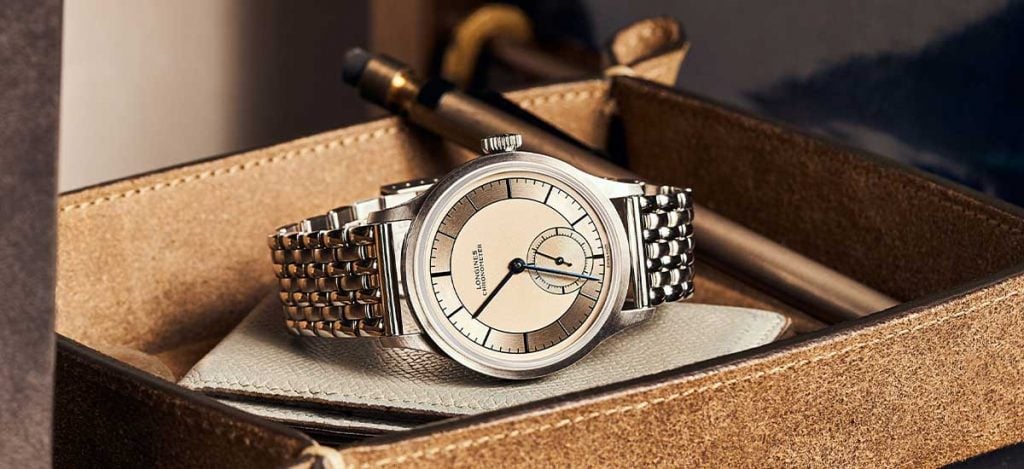
Longines history is interesting. Its founders, led by Auguste Agassiz, set up a workshop in a small village, St-Imier, where they started creating their first timepiece. They had no running water, electricity, or any form of technology. Yet, since 1832 when the company began, Longines has maintained its position as one of the oldest continuously operated watchmaking companies in the world.
Auguste’s cousin, Francillon, was responsible for steering the company into the era of industrialization. He understood the importance of innovation. The competition from other equally renowned brands that set up shop during this time (Philippe Patek in 1839, A. Lange & Sohne in 1845, Omega in 1848, etc.) was a driving force.
He wanted to create timepieces that would stand the test of time, and be revolutionary, well-respected, and innovative. In 1867 they acquired the oldest registered trademark that is still in use today. With the adaptation of technology and the skills of well-experienced watchmakers, Longines produced excellent stopwatches, chronographs, and time-keeping accessories.
The Longines’ calibre 19.73N (in 1911) was among the first wrist chronograph watches. Longines timers and stopwatches have been featured in almost all major sporting events across the globe with impressive accuracy. These include skiing, horse racing, car rallies, the commonwealth games, formula 1 games, and cycling races.
Tag Heuer S.A. company began much later (in 1860) as Uhrenmanufaktur Heuer AG. It was also founded in the small Swiss village of St-Imier by Edouard Heuer. Heuer came from a family of watchmakers and enthusiasts. He received the first patent that covered a crown-operated, keyless winding system in 1869.
The company changed its name to Tag Heuer after TAG Group purchased a controlling stake in 1985. Edouard tapped into the established watch-making technologies and added his own innovation to create his first chronograph masterpiece that used an oscillating pinion in 1887. The oscillating pinion was a component that allowed the chronograph to stop and start instantly by the action of the push button.
In 1911 during the rapid industrialization, Heuer designed a timing instrument to be installed on the dashboard of vehicles and crafts. Stopwatches had to be precise and accurate- almost the hundredth of a second – to serve the needs of the military, sports, and industries.
With time, Heuer developed timepieces that had a wonderful blend of technology and functionality. After the company was acquired by the TAG Group the watchmakers were tasked with developing the ‘Centigraph’ – a timing system used by Ferrari’s racing team in 1971. In 1999 LVMH acquired Tag Heuer and this marked the beginning of another era of pushing the boundaries in the manufacture of creative timepieces.
It would also be under the new ownership that the company would create its first luxury smartwatch – the Tag Heuer connected watch. The Tag Heuer Aquaracer professional 300 automatic 43 mm watch was manufactured for sports enthusiasts. The Longines HydroConquest takes the Aquaracer heads-on to present an exciting war of wits, power, functionality, and technical capabilities.
Style & Design
Both watches are large in dimension. The Longines HydroConquest has a 43mm case width and a thickness of 11.90 mm. The uni-directional rotating and rounded bezel is made of stainless steel and ceramic. The crystal is made of scratch-resistant sapphire with an anti-reflective coating on both sides.
The HydroConquest watch is available in a large variety of individual preferences in terms of color and case sizes. These variances come in 4 different case sizes – the 39 mm, 43 mm, 44 mm, and 41 mm variants. Apart from the different case sizes, all other elements of the HydroConquest watches remain the same irrespective of the variant – including the designs of the strap and clasp.
You may get a steel clasp with the 41mm variant and a rubber strap with the 43mm variant. Since these straps are easily interchangeable, we shall not dwell much on this difference. This article explores the 43 mm variant. Although the watch looks big, it wears slightly bit smaller.
This is partly due to the design of the bezel and lugs. The lug width is 21 mm. Most luxury divers in the market have a sturdy appearance and are thicker than the HydroConquest. This makes the watch retain its functionality while still exuding elegance. It can fit nicely under a shirt cuff and on top of other attires.
The screw-down crown has elongated and highly-polished crown guards. The Tag Heuer Aquaracer professional 300 automatic watch has a 43mm diameter brush-polished stainless steel casing. It has a lug-to-lug dimension of 49.9mm and a thickness of 12.3mm. The case is enhanced with brush finishing on the top and sides alternated with polished chamfers.
The polygonal (12-sided) uni-directional bezel design of this watch gives it a bold look. Unlike the Longines HydroConquest, the Aquaracer has a smooth bezel with a fluted edge for better grip. The polygonal inserts are made of ceramic with a gloss finish that contrasts well with the white indexing.
The Tag Heuer Aquaracer traces its roots to the 844 reference watch of 1978 and the Tag Heuer 2000 that debuted in 1982. They share many design elements. The Tag Heuer Aquaracer professional 300 automatic watch has a screw-down crown with the company’s logo on its face.
There are elongated crown guards as well. The case back is engraved with a diving helmet and a 300 meters water-resistance indication. The crystal is flat with an integrated magnifier that prevents cyclops from protruding above the top plane of the crystal.
The Dial
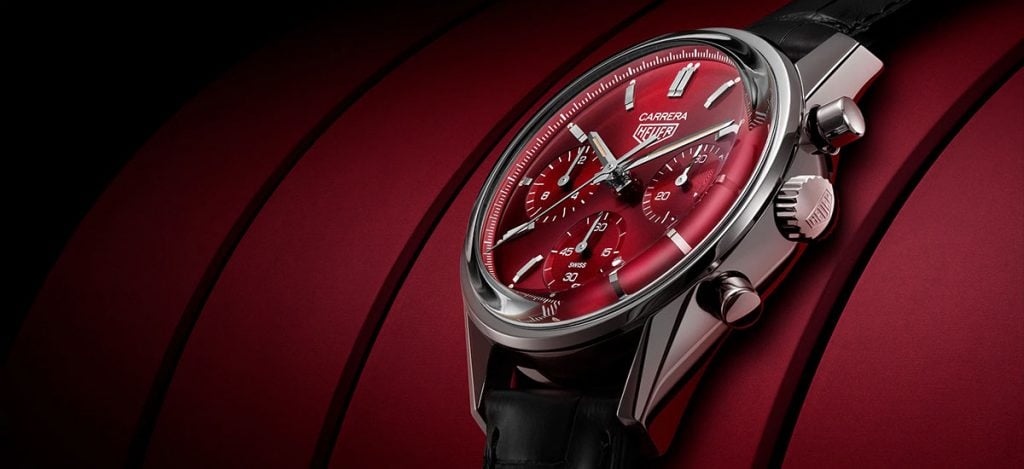
The sunray blue dial color on the Longines is striking, and yet subdued enough to prevent light reflecting when looking at the watch. The hands are silver-polished with hour markers done in Arabic numerals and indexes. The hands are filled with Super-Luminova to allow for illumination and easy reading of the time in the dark. The dial can also be black.
The teeth on the bezel are more pronounced. This is a deliberate design aimed at helping divers in wetsuits turn the bezel easily. The blue feature on the bezel is a bit darker than the blue feature on the dial. The numerals and markers on the dial are huge.
They have 9, 12, and 6 markers with the slightly-lowered date window lying on the 3 o’clock marker. The lume is bright. There is a dot on the bezel that makes the watch a functional dive watch. The hands are silver polished.
The Tag Heuer Aquaracer watch dial features the trademark horizontal pattern design of the Aquaracer collection. The dial has octagonal markers filled with super-luminova. There are three faceted rectangular markers on the 12th, 3rd, and 9th o’clock positions. The other markers have an octagonal shape with the edges finished with polished steel.
The calendar sub-register is present at the 6th o’clock position. It has a rounded lens feature that adds depth to the dial. The sword-like hour and minute hands also contain super-luminova. There is a bi-tone super-luminova system that makes it easy to read the time in low light.
The dial has an effective anti-reflective treatment that helps you to see the details of the dial with clarity. The logo is embedded on the surface of the dial. There is a sunray finish on the texture of the dial and the light and color play makes this watch’s dial unique, with depth and high contrast. There is a luminescent triangle at the 12th o’clock mark.
The Strap
The Longines HydroConquest has a stainless steel strap. The buckle has a double safety folding clasp. The bracelet and the case are made of polished and brushed steel, adding versatility to the watch. You can wear the watch when going to the office or when doing your thing outdoors.
The clasp has an extension that allows you to extend the watch over your wetsuit or drysuit while diving.
The bands for the Tag Heuer Aquaracer professional 300 automatic 43 mm watch are also made of stainless steel. It has a double-folding adjustable clasp.
The adjustable system that increases the watch’s size by up to 1.2 centimeters allows the wearer to have the watch on top of their diving suit. This also means that people with large wrists can also wear the watch comfortably. You can also remove the bracelet easily to add after-market straps.
Movements & Quality
Longines uses a patented self-winding calibre L888 mechanical movement. The movement is under the closed case back of the watch. The Tag Heuer Aquaracer professional 300 automatic 43 mm watch has a calibre 5 (ETA 2824-2) automatic movement. This is the movement that powers all the watches in the Aquaracer collection. This calibre has 26 jewels.
Pricing
The Longines HydroConquest is among the most affordable luxurious dive watches with prices starting at approximately $1,600. The Tag Heuer Aquaracer professional 300 automatic 43 mm watch costs approximately $3,500.
Accuracy
Longines beats at an accuracy of 25,200 vibrations per minute and has a power reserve of 72 hours. Tag Heuer Aquaracer professional 300 watch (WBP201B.BA0632) has a balance frequency of 28,800 vibrations per minute and a power reserve of 38 hours. It has an accuracy of 2 seconds variation in a day.
Water Resistance
The Longines HydroConquest is one of the most affordable luxury diving watches on the market today. At just 185g, this is the watch you would want to wear when deep diving. It has a water resistance of 300 meters.
The big screw-down crown enables the diver to wind the watch easily while submerged in the water. The Tag Heuer Aquaracer professional 300 automatic 43 mm watch has a 300 meters water resistance capacity.
Brand Recognition
Both watch brands command reverence in the luxury watchmaking industry. However, Longines is a more recognized brand because of its rich history. They had been operating for over three decades before Tag Heuer became a company. Watch enthusiasts know that a lot can change within a decade in the luxury watchmaking industry.
Tag Heuer has rebranded itself severally and formed strategic partnerships with amazing brands over the years (including LVMH). This rebranding, embracing technology, and ingenious marketing has catapulted the brand’s worth and recognition upwards.
Conclusion
The Tag Heuer Aquaracer professional 300 automatic 43 mm watch and Longines HydroConquest watches are bold timepieces. Their versatility allows you to wear the watches to any event, formal or informal. They are both great watches for the price points they demand and they are both functional to a hilt.
I would personally go for the Tag Heuer Aquaracer simply because I love the bold polygonal bezel and the depth of color the blue edition watch has on its dial. That said, I also think that the HydroConquest is a great contender here, and would still be mighty proud to have one on my wrist.
They are large watches and they have great lume that could come in handy while diving in the dark. It all boils down to personal preference. If you love rounded bezels go for the Longines. If you love bolder designs, your mind will certainly settle on the Tag Heuer Aquaracer.

